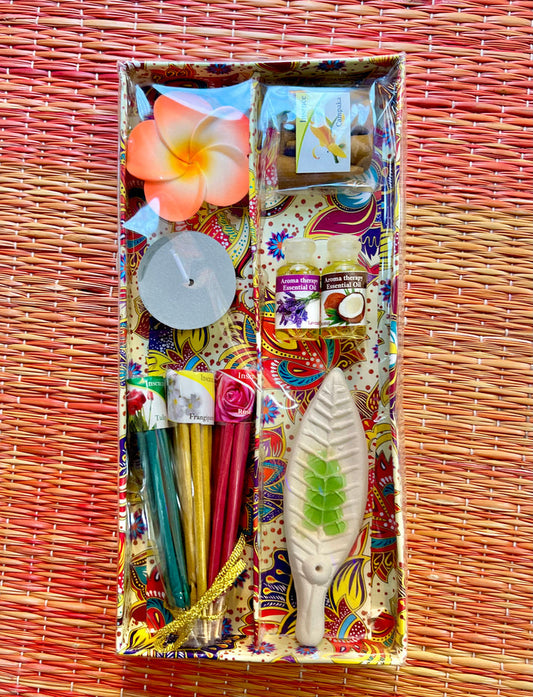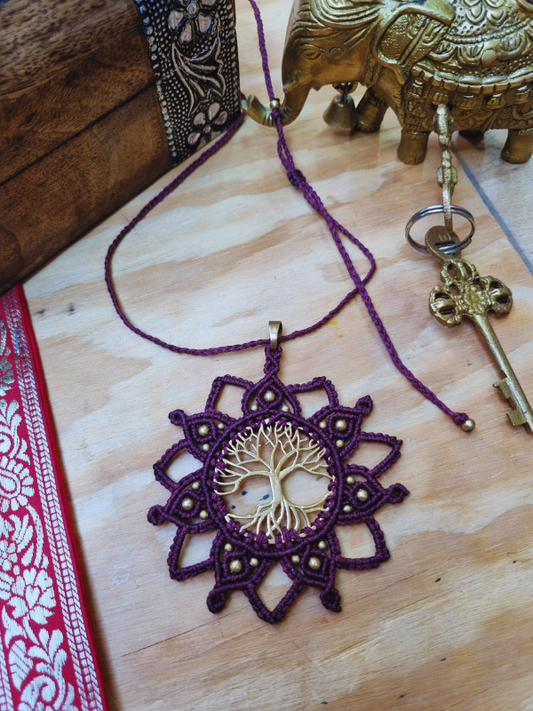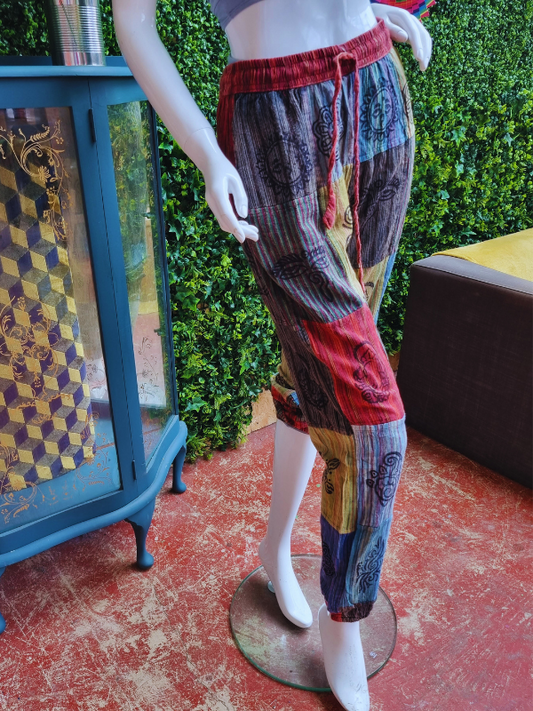Introduction
Buddha statues are timeless works of art, carrying profound spiritual, historical, and cultural significance. For collectors, these statues are more than decorative pieces; they represent enlightenment, inner peace, and a deep connection to Buddhist teachings. This guide delves into the fascinating history, symbolism, and essential insights for collectors, helping you appreciate these masterpieces more profoundly.
Additionally, if you're creating a sacred space at home, pairing Buddha statues with accessories like Yoga mats and products from a Yoga shop can amplify the tranquil energy of your environment.
The Origins of Buddha Statues
The Pre-Buddha Era
Before Buddha statues were crafted, symbols like the lotus flower, Bodhi tree, and the wheel of Dharma were used to represent the teachings of the Buddha. These non-anthropomorphic representations were deeply rooted in the spiritual practices of ancient India.
The Emergence of Buddha Images
The first physical representations of Buddha appeared around the 1st century CE during the Kushan dynasty in India. The two main artistic schools of this time were:
- Gandhara Art: Influenced by Greco-Roman styles, Gandhara Buddha statues often depicted curly hair, draped robes, and lifelike facial features.
- Mathura Art: A more indigenous style featuring a spiritual essence, these statues had a serene smile, rounded features, and simpler attire.
Spread Across Asia
As Buddhism spread across Asia, the depiction of Buddha statues evolved according to regional influences:
- China: Statues became more delicate, with flowing robes and serene expressions.
- Japan: Minimalist features, often accompanied by elaborate halos or lotus pedestals.
- Southeast Asia: Slimmer statues with intricate detailing, reflecting Thai and Burmese influences.
The Symbolism of Buddha Statues
Buddha statues are rich in symbolism, and their design elements often carry specific meanings tied to Buddhist philosophy.
Mudras (Hand Gestures)
Each Buddha statue’s pose and hand gesture tell a unique story:
- Dhyana Mudra (Meditation Gesture): Depicts the Buddha in deep meditation, symbolizing inner balance and mindfulness.
- Bhumisparsha Mudra (Earth-Touching Gesture): Symbolizes the moment of enlightenment, with Buddha calling the Earth as a witness.
- Abhaya Mudra (Fearlessness Gesture): Represents protection, peace, and the dispelling of fear.
- Dharmachakra Mudra (Teaching Gesture): Symbolizes the first sermon and the turning of the wheel of Dharma.
Facial Expression and Posture
- Serene Face: Represents enlightenment and the absence of worldly desires.
- Lotus Position: Signifies purity and detachment from the material world.
Materials and Colors
- Bronze and Gold: Symbolize wisdom and divinity.
- Wood: Represents the transient nature of life.
- Stone: Denotes permanence and stability.
Buddha Statues as Collectible Art
For collectors, Buddha statues are prized not only for their beauty but also for their historical and cultural significance.
Factors to Consider When Collecting
- Authenticity: Look for genuine craftsmanship and materials.
- Provenance: Research the history and origin of the statue. Authentic antique pieces often come with documentation.
- Cultural Style: Decide whether you prefer Indian, Thai, Chinese, or Japanese representations. Each has unique characteristics.
- Size and Materials: From small figurines to life-size statues, the choice depends on your space and preferences.
Incorporating Buddha Statues in Your Space
Whether you’re a collector or a spiritual enthusiast, Buddha statues can transform your space into a sanctuary.
- Meditation Corners: Create a calming corner with a Buddha statue as the centrepiece. Complement it with Yoga mats for meditation or yoga sessions.
- Zen Gardens: Outdoor spaces with Buddha statues, natural stones, and greenery provide a peaceful retreat.
- Living Areas: Place Buddha statues in areas where you seek tranquility and balance.
- Yoga Studios: Incorporating a Buddha statue in yoga studios enhances the spiritual ambiance. Visit a Yoga shop for accessories that complement the setting.
Caring for Your Buddha Statues
Proper care ensures the longevity and beauty of your Buddha statues.
- Cleaning: Use a soft, damp cloth to clean the surface gently. Avoid harsh chemicals.
- Positioning: Place them in areas free from direct sunlight, extreme humidity, or potential damage.
- Energy Cleansing: Periodically cleanse the statue’s energy with incense or chanting to maintain its spiritual aura.
The Modern Appeal of Buddha Statues
In today’s world, Buddha statues are not only valued for their historical importance but also their ability to bring a sense of peace and spirituality into daily life. They serve as reminders of mindfulness and enlightenment, which resonate universally.
Moreover, pairing these statues with items like Yoga mats from a reliable Yoga shop helps create a holistic environment that supports wellness and inner peace.
Conclusion
The journey of collecting Buddha statues is as enriching as the spiritual lessons they symbolize. From their historical origins to their symbolic meanings, these statues are gateways to understanding Buddhist philosophy and art. Whether you're looking to enhance your meditation practice or add cultural depth to your collection, Buddha statues offer endless inspiration.
By integrating these statues with spiritual tools like Yoga mats, you can create a serene space that nurtures both body and mind. Visit a Yoga shop to explore complementary items and take your spiritual journey to new heights.




